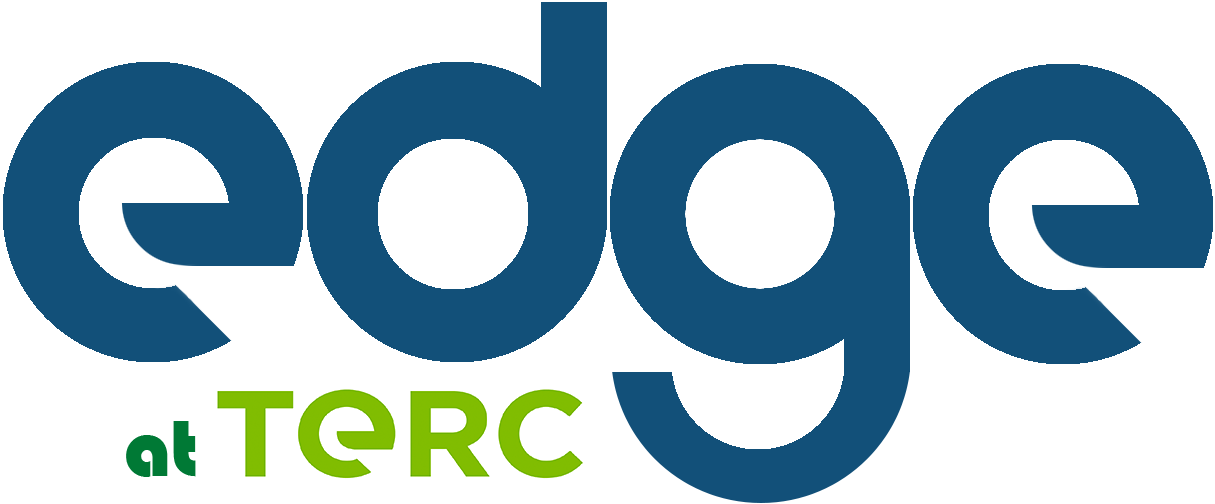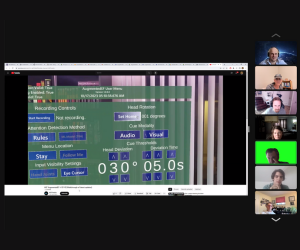
AugmentedEF
Zac Alstad
The primary goal of this NSF funded project is to support the foundational capabilities for STEM for post-secondary learners with attention deficits and executive function (EF) needs. AugmentedEF uses emerging technologies to explore novel and accessible tools for teaching and learning.
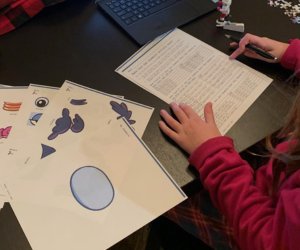
CodePlay
Jodi Asbell-Clarke, Elizabeth Rowe
The shared purpose of CodePlay, an NSF funded partnership program between EdGE and Braintree Public Schools was to build a solid foundation for teaching and learning of computational thinking (CT) in upper elementary and middle schools, and in doing so, inform a scalable and generalizable model of personalized CT education for a broad audience of neurodiverse learners.

Executive Function + STEM
Teon Edwards
This cross-TERC funded initiative looked closely at the intersection of EF + STEM. Why? Because EF (Executive Function, the attention-regulation processes involved in goal-directed problem solving) is a critical foundation for engagement in STEM, and STEM has the potential to benefit children’s EF development. It looked at EF+STEM through the lenses of both neurodiversity and social equity.
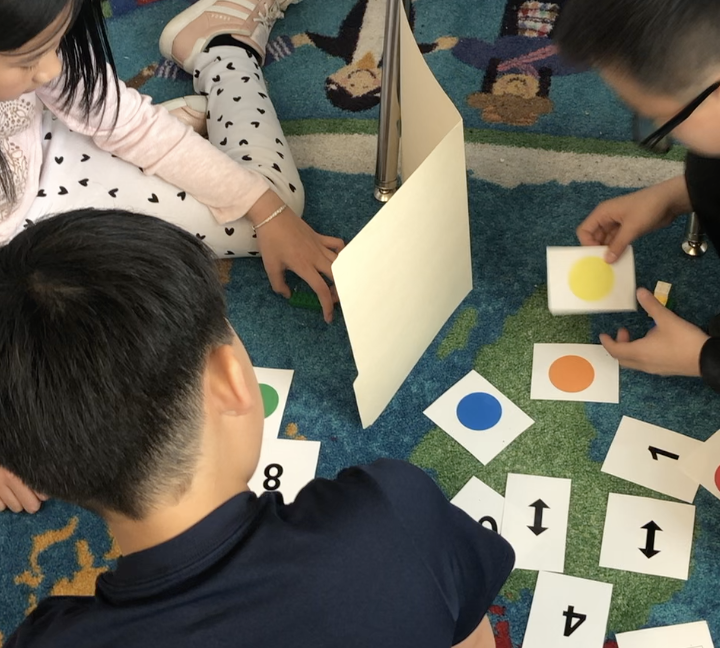
Including Neurodiversity in Foundational and Applied Computational Thinking (INFACT)
Jodi Asbell-Clarke
INFACT is an inclusive teaching and learning program for Computational Thinking (CT) in grades 3-8. It offers activities, games, interactives, and other materials (digital and unplugged) for teaching CT, with supports for executive function skills. Research on INFACT showed that students in grades 3-5 who used INFACT materials improved more in CT problem solving practices than students in comparison classes using other CT programs. Students who showed the most dramatic improvement were those in the lowest quartile of EF scores on external assessments.
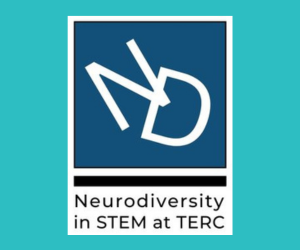
Neurodiversity in STEM
Jodi Asbell-Clarke
EdGE projects inspired and informed the creation of a growing community dedicated to inclusive STEM education that embraces the unique talents of neurodivergent learners. ND in STEM provides access to inclusive STEM teaching materials, news and events related to ND in STEM, research results, and opportunities from the ND in STEM community.
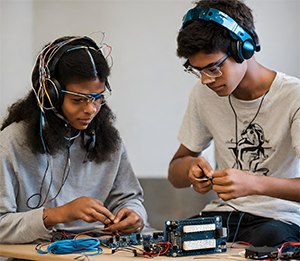
NeuroVivid: Developing and Testing a Maker Experience to Build Interest in Careers in Brain-Computer Interfaces Among Neurodivergent Youth
Ibrahim Dahlstrom-Hakki
The NeuroVivid project team, along with young adult, neurodiverse co-designers, is developing an innovative maker curriculum aimed at strengthening and broadening the talent pool of the future STEM workforce. The curriculum will empower a middle-school aged neurodiverse (neurodivergent and neurotypical) student population from a variety of ethnic and cultural backgrounds by helping them build their own simple Electroencephalogram (EEG) headsets to understand and interact with their brain activity.

SportsLab
Jamie Larsen
SportsLab inspired sports-minded (and other) kids to get excited about STEM. SportsLab takes place in a collaborative, game-like interactive, online environment, supported by hands-on activities in the real world. Using avatars, teams explore a digital world, experience a narrative story, interact with in-game characters, and access various tools and resources through a series of milestones and missions to help them design a new Parkour shoe to enter in a design competition.
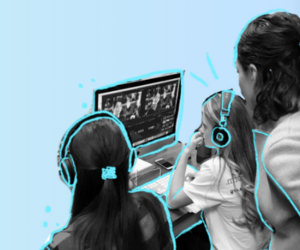
StoryMaker
Tara Robillard
PBS NewsHour’s Student Reporting Labs (SRL) developed an online curriculum delivery platform to supply in-demand interdisciplinary, multimodal, STEM-infused teaching and learning tools to classrooms across the country. StoryMaker aims to produce unique STEM stories from a teen perspective, partnering with local public media stations to provide mentorship and amplify the voices of young people. EdGE is the evaluator for the project.
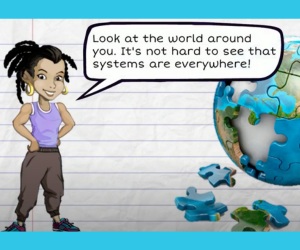
Systems Modeling AR
Jamie Larsen
This cross-TERC initiative researched using augmented reality from creating location-based Systems Models. It seeks to answer the question: Why model a system?

UniVRsal Access
Teon Edwards
EdGE is collaborating with Landmark College, MXTreality, and other partners to design, develop, and research the STEM-based virtual reality (VR) game Europa Prime, as well as a wealth of related digital assets and education materials. For two years, a neurodiverse team co-designed the game, intending to engage a broad audience, including players with sensory, attention, and/or social differences. We’re researching how VR can be designed for inclusivity and used to increase awareness of and interest in STEM education, as well as the potential of AI for players with different social skills and comfort.
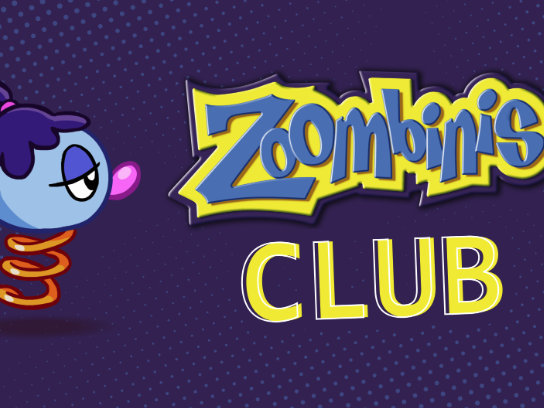
Zoombinis Club
Elizabeth Rowe
With internal funding from TERC and a partnership with FableVision Learning, the team developed Zoombinis Club for everything needed to run a club or enrichment program. Zoombinis Club uses offline, collaborative activities to introduce computational thinking skills before participants hop online to play the award-winning and research-based Zoombinis game. Sign up here.
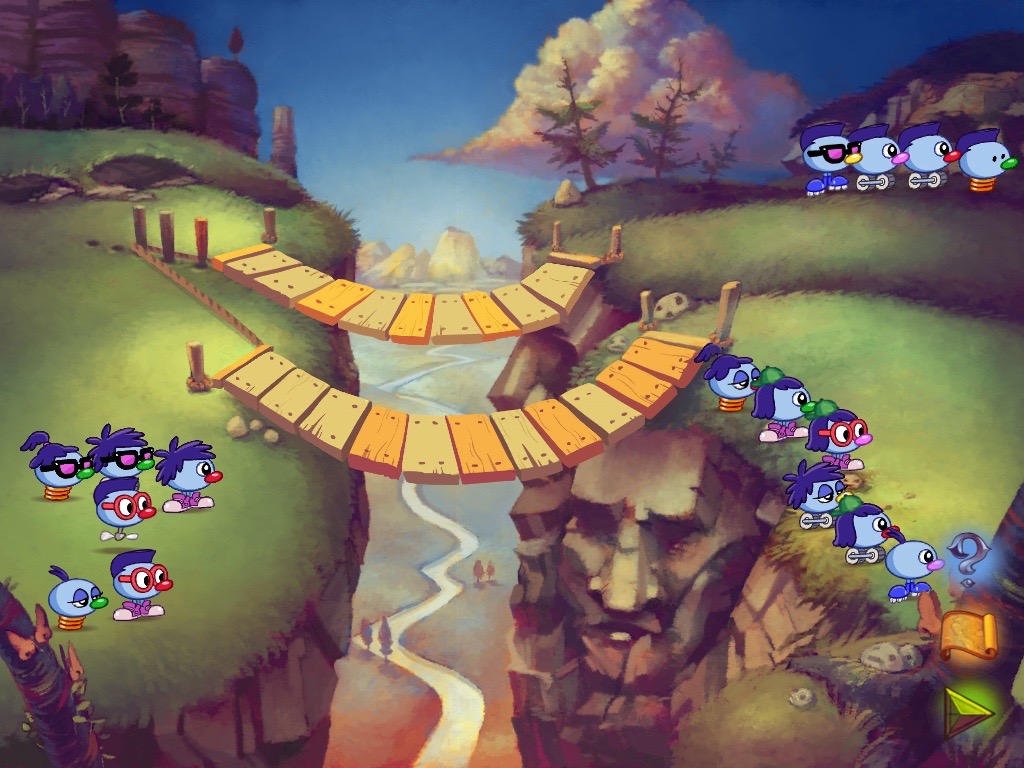
Zoombinis Implementation Project
Jodi Asbell-Clarke, Elizabeth Rowe
Framed in early research about data literacy, Zoombinis has been studied nationally to support and measure computational thinking with thousands of students in grades 3-8. When teachers use Zoombinis in class, along with the accompanying Zoombinis curriculum activities, their students Computational Thinking was improved. There was found to be strong performance by neurodiverse learners, such as those with ADD, autism, and dyslexia and a strong overlap with executive function (EF) strategies, such as breaking big problems into smaller, manageable ones; and organizing information to recognize salient trends and patterns to establish helpful routines.
